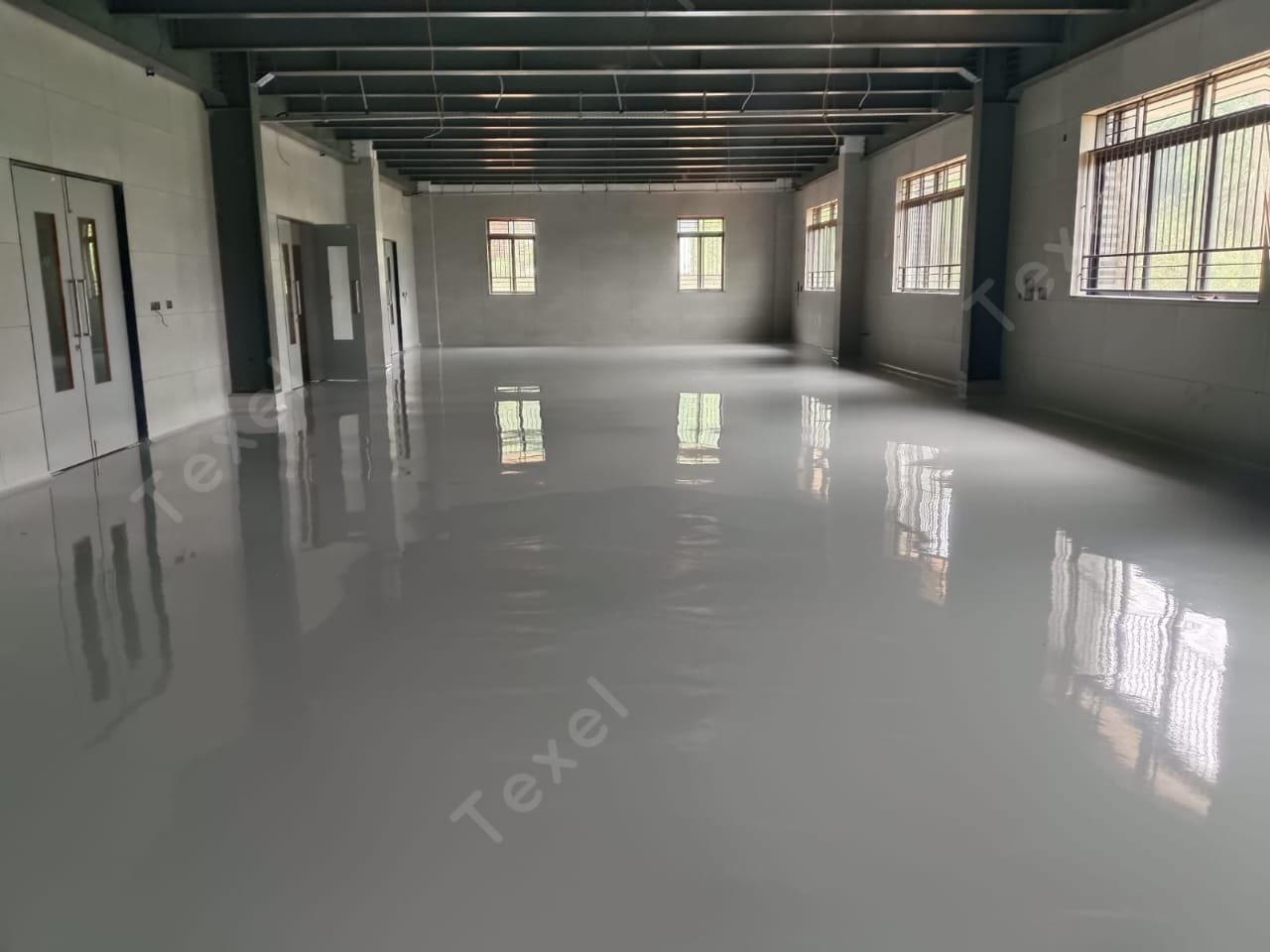IMPORTANCE OF EPOXY CORNER COVING IN FOOD AND PHARMA INDUSTRY
IMPORTANCE OF CORNER EPOXY COVING
IN FOOD AND PHARMA INDUSTRY
INTRODUCTION
In the food and
pharmaceutical industries, maintaining impeccable hygiene and safety standards
is paramount. One critical aspect of achieving and maintaining these standards
is the use of appropriate building materials and finishes. Corner epoxy coving,
a seamless and durable solution for the junctions between floors and walls,
plays a vital role in these industries. Corner epoxy coving is particularly
significant in the food and pharmaceutical industries due to its role in
maintaining hygiene, safety, and durability in these highly regulated
environments.
IMPORTANCE OF CORNER EPOXY COVING IN FOOD AND PHARMA
INDUSTRY
1. Enhanced Hygiene and Cleanliness
Seamless Transitions: Corner epoxy coving creates a seamless transition
between floors and walls, eliminating joints and crevices where dirt, bacteria,
and other contaminants can accumulate. This is vital for maintaining strict
hygiene standards.
Easy to Clean:
The smooth, non-porous surface of epoxy coving is easy to clean and sanitize,
reducing the risk of contamination and the spread of pathogens. This is crucial
for environments that demand high levels of cleanliness.
2. Chemical and Moisture Resistance
Durability Against Chemicals: Both the food and pharmaceutical industries use
various cleaning agents and chemicals. Epoxy coving is resistant to these
substances, preventing degradation and ensuring a long-lasting surface that
remains intact and safe.
Moisture Resistance: Epoxy coving is impermeable to water and other
liquids, preventing water ingress that can lead to mold growth and structural
damage.
3. Safety
Slip Resistance:
Epoxy coving can be formulated to include slip-resistant properties, enhancing
safety for workers by reducing the risk of falls in areas that might get wet or
greasy.
Impact Resistance:
Its durable nature helps it withstand impacts and abrasions, maintaining
structural integrity and reducing repair costs.
4. Regulatory Compliance
Meets Industry Standards: Both industries are subject to stringent health and
safety regulations. Epoxy coving helps facilities comply with these
regulations, such as those from the FDA, USDA, and other international bodies,
by providing surfaces that meet or exceed cleanliness and durability standards.
Ease of Inspection: Facilities using epoxy coving often find it easier
to pass inspections and audits, as the material demonstrates a commitment to
maintaining a clean and safe environment.
5. Cost-Effectiveness and Longevity
Reduced Maintenance: The durability and resistance of epoxy coving
reduce the need for frequent repairs and maintenance, lowering long-term costs.
Long-Term Investment: While the initial installation may be more
expensive than some alternatives, the long-term savings in maintenance,
cleaning, and compliance make it a cost-effective solution.
6. Aesthetic and Professional Appearance
Clean Look:
Epoxy coving provides a clean, professional appearance, which is important for
industries where visual impressions matter, such as when customers or
regulatory officials visit.
Customizable Design: Epoxy can be tailored to meet specific needs,
including color matching, texture, and additional properties like antimicrobial
additives.
7. Preventing Cross-Contamination
Barrier Against Contaminants: By creating a continuous, sealed surface, epoxy
coving helps prevent cross-contamination between different areas of the
facility, which is particularly important in multi-use spaces.
8.Preventing the Growth of Microorganism and Bacteria
Corner epoxy coving effectively avoids microorganism
and bacterial growth: Some epoxy
formulations can include antimicrobial additives, which actively inhibit the
growth of bacteria, fungi, and other microorganisms on the surface. The coving
creates rounded corners, which are easier to clean and less likely to harbor
dirt and bacteria compared to sharp, 90-degree angles.
CONCLUSION
Corner epoxy coving is
an essential component in the food and pharmaceutical industries due to its
ability to provide a hygienic, durable, and compliant environment. Its benefits
in maintaining safety, reducing contamination risks, ensuring regulatory
compliance, and enhancing aesthetic appeal make it a valuable investment for
any facility aiming to uphold high standards of cleanliness and operational
efficiency.
Related Posts
Leave a Reply Cancel reply
You must be logged in to post a comment.




